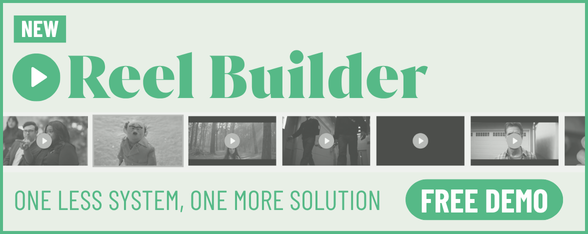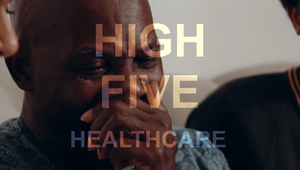
Why Is Everybody Lying about Sustainability?

Photo by Nick Page on Unsplash
Nordic consumers are among the world's most sustainably conscious, and 3 out of 4 are concerned about how they can act in a way that better cares for the environment (Source: Circular Design Guide). However, in a recent study conducted by NoA Consulting, interviews with 20 000+ consumers and professional buyers globally, show that even though we talk about eating green, shopping locally, and buying second hand, we rarely change our habits. Why is that?
We need to close the say-do gap
Researcher James Blake studied the say-do gap as early as 1999. He concluded that three main barriers prevent us from adopting sustainable behavior: Individualism (I have other things to worry about), responsibility (it’s someone else’s problem), or practical challenges (I don’t have the money, time, or space).
The results from interviews with 20 000+ consumers and professional buyers globally, conducted by NoA Consulting, show that, even in 2022, classic drivers such as cost, quality, simplicity, and status trump sustainability and accountability. Many believe that sustainable alternatives are of poorer quality, and many struggle to understand what it means to be sustainable.
At NoA, we help companies sell more and grow faster, through business development, digitization, and advertising. Our industry therefore holds a responsibility for the problems facing the world. But the industry also has a unique, deep insight into what actually drives people's buying behavior. An insight which can be used as a force for good: To change people’s behavior, we need to remove the barriers and nudge people in the right direction. By making it simple and attractive to make decisions that are good for the planet and people. And by talking about sustainability in a way people understand.
Sustainable choices should be easy and attractive
We choose products and services because they are cheap, good, nice, simple (or all of these). Sustainability in itself is rarely a key selling point, more often a bonus. Thankfully, we have some great examples of established Nordic companies and startups that show us the way.
In 2017, Orkla launched a more sustainable line of detergents called Klar. They worked to create products that looked better than those of their competitors, so people want to display their detergents in their homes. A few years later, in 2020, Orkla also launched the website klardag.no to make their products more accessible. Good quality, simple and attractive. With lower emissions as a bonus. The result is a highly successful brand with rapid growth in market shares.
Other examples are Tise and OneCall. Tise has made buying and selling used clothes both easy and cool. Since their launch in 2016, they have been hugely successful, and the number of users is continuously growing – and investors are following suit. NestenNy is a venture from OneCall. They sell used mobile phones, with good warranty schemes and at a lower price. Both Tise and NestenNy are primarily user-friendly, engaging, smart, and safe services - the "bonus" is that they contribute to reduced consumption through an increased degree of reuse.
These cases show us that we must focus on simplicity and attractiveness to make sustainable products and services more appealing. If it requires a lot from us as users or makes us feel like we’re “sacrificing” something, we will select other options.
Sustainability must be understandable and engaging
In addition, sustainability must be communicated in a better way. We must stop talking in vague headers, drop words like "environmentally friendly" and "green", and instead provide relevant, fact-based, and comparable information. What is the actual footprint of a product throughout its life cycle? Is 50 kg of CO2 a lot or not? How can I compare different options when making a choice?
When you shop at Oda, a company delivering groceries directly to your doorstep, the CO2 footprint of the products appears on the receipt. They’ve simply made facts about the footprint of your purchases available, showing you the consequences of your choices. This has contributed significantly to an increase in sales of vegetables and reduction in sales of red meat (source: Upworthy).
Equally important is engaging communication that plays on positive emotions. Oatly (oat-based products) rarely talk about their products being sustainable, but for several years they have actively used design and humor to create a brand and products that people like. In a funny way, they make us feel like we are doing something smart and kind by replacing cow's milk with oat milk. It has also resulted in good profitability and rapid growth.
Change is inevitable
We know we need to succeed with the green shift. However, this requires all of us to change our behaviour – and trade and industry must accommodate. Businesses of all sizes must take responsibility and pave the way by developing more sustainable products, services, and business models. They need to do this based on insights into their users’ needs and preferences. In addition, companies need to change the way they communicate about sustainability to make the information more engaging and easier to understand.
The companies that successfully adapt will be the winners – accessing people’s hearts and pockets.












